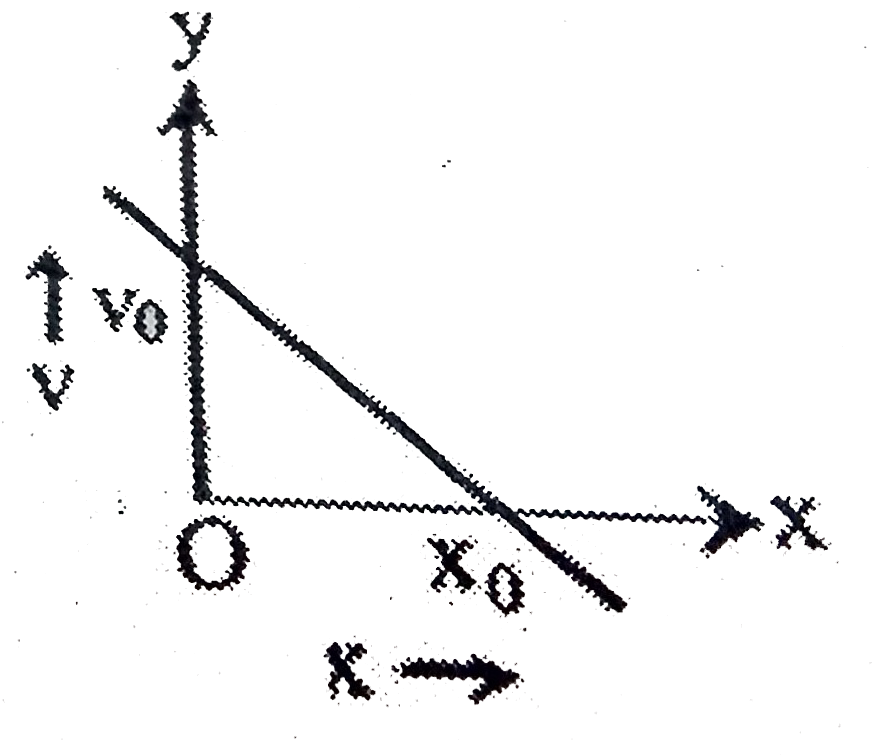Figure 24-12 is a graph of Ex, the x component of the electric field, versus position along the x axis. Find and graph V(x). Assume V = O, V at x = 0 m.

The potential difference is the negative of the area under the curve. Ex is positive throughout this region of space, meaning that →E points in the positive x direction.
Calculation: If we integrate from x−0, then Vi=V(x−0)−0. The potential for x>0 is the negative of the triangular area under the Ex curve. We can see that Ex=1000xV/m, where xis in meters (m). Thus,
Vi=Vx=0−( area under theEx curve)
=12×base×height=−12(x)(1000x)=−500x2V.

Figure 24-13 shows that the electric potential in this region of space is parabolic, decreasing from 0 V at x=0 m to −2000V at x=2 m.
Thus, the electric field points in the direction in which V is decreasing.
Topper's Solved these Questions
- ELECTRIC POTENTIALBOOK - RESNICK AND HALLIDAYCHAPTER - ELECTRIC POTENTIALEXERCISE - SAMPLE PROBLEM 24.07 Net potential of several charged particles
1 Videos
- ELECTRIC POTENTIALBOOK - RESNICK AND HALLIDAYCHAPTER - ELECTRIC POTENTIALEXERCISE - SAMPLE PROBLEM 24.08 Potential is not a vector, orientation is irrelevant
1 Videos
- ELECTRIC POTENTIALBOOK - RESNICK AND HALLIDAYCHAPTER - ELECTRIC POTENTIALEXERCISE - SAMPLE PROBLEM 24.05 Finding electric potential
1 Videos
- ELECTRIC CHARGES AND FIELDSBOOK - RESNICK AND HALLIDAYCHAPTER - ELECTRIC CHARGES AND FIELDSEXERCISE - Practice Questions (Integer Type )
3 Videos
- ELECTROMAGNETIC INDUCTIONBOOK - RESNICK AND HALLIDAYCHAPTER - ELECTROMAGNETIC INDUCTIONEXERCISE - PRACTICE QUESTIONS (Integer Type)
14 Videos
Similar Questions
A graph of the x-component of the electric field as a function of x in a region of space is shown in figure. The y−andz−compo≠nts of the electric field are zero in this region. If the electric potential is 10 V at the origin, then the potential at x = 2.0 m is

View SolutionA graph of the x-component of the electric field as a function of x in a region of space is shown in the figure.
They y and z-components of the electric field are zero in this region. The electric potential at the origin is 10 V.

The greatest positive value of electric potential for points of the x-axis for which 0≤x≤6m is
View Solution
Knowledge Check
Depict the shown v-x graph in a-x graph :
 A
A B
B C
C D
D
A graph of the x-component of the electric field as a function of x in a region of space is shown in figure. The y−andz−compo≠nts of the electric field are zero in this region. If the electric potential is 10 V at the origin, then the potential at x = 2.0 m is
 A10VB40VC−10VD30V
A10VB40VC−10VD30VAssertion: At a point electric potential is decreasing along x-axis at a rate of 10V/m. Therefore, x-component of electric field at this point should be 10V/m along x-axis.
Reason: Magnitude of Ex=∂V∂xAIf both Assertion and Reason are true but Reason is the correct explanation of Assertion.BIf both Assertion and Reason are true but Reason is not the correct explanation of Assertion.CIf Assertion is true, but the Reason is false.DIf Assertion is false but the Reason is true.
A graph of the x-component of the electric field as a function of x in a region of space is shown in the figure. They y and z-components of the electric field are zero in this region. The electric potential at the origin is 10 V. The value of x for which potential is zero is

View SolutionAssertion: At a point electric potential is decreasing along x-axis at a rate of 10V/m. Therefore, x-component of electric field at this point should be 10V/m along x-axis.
Reason: Magnitude of Ex=∂V∂x
View SolutionFigure shows the graph of velocity versus time for a particle going along x axis. Initially at t = 0, particle is at x = 3m. Find position of particle at t = 2s. (in m)

View SolutionLet V be the electric potential at a given point. Then the electric field Ex along x-direction at that point is given by :
View SolutionLet V be the electric potential at a given point. Then the electric field Ex along x-direction at that point is given by :
View Solution
